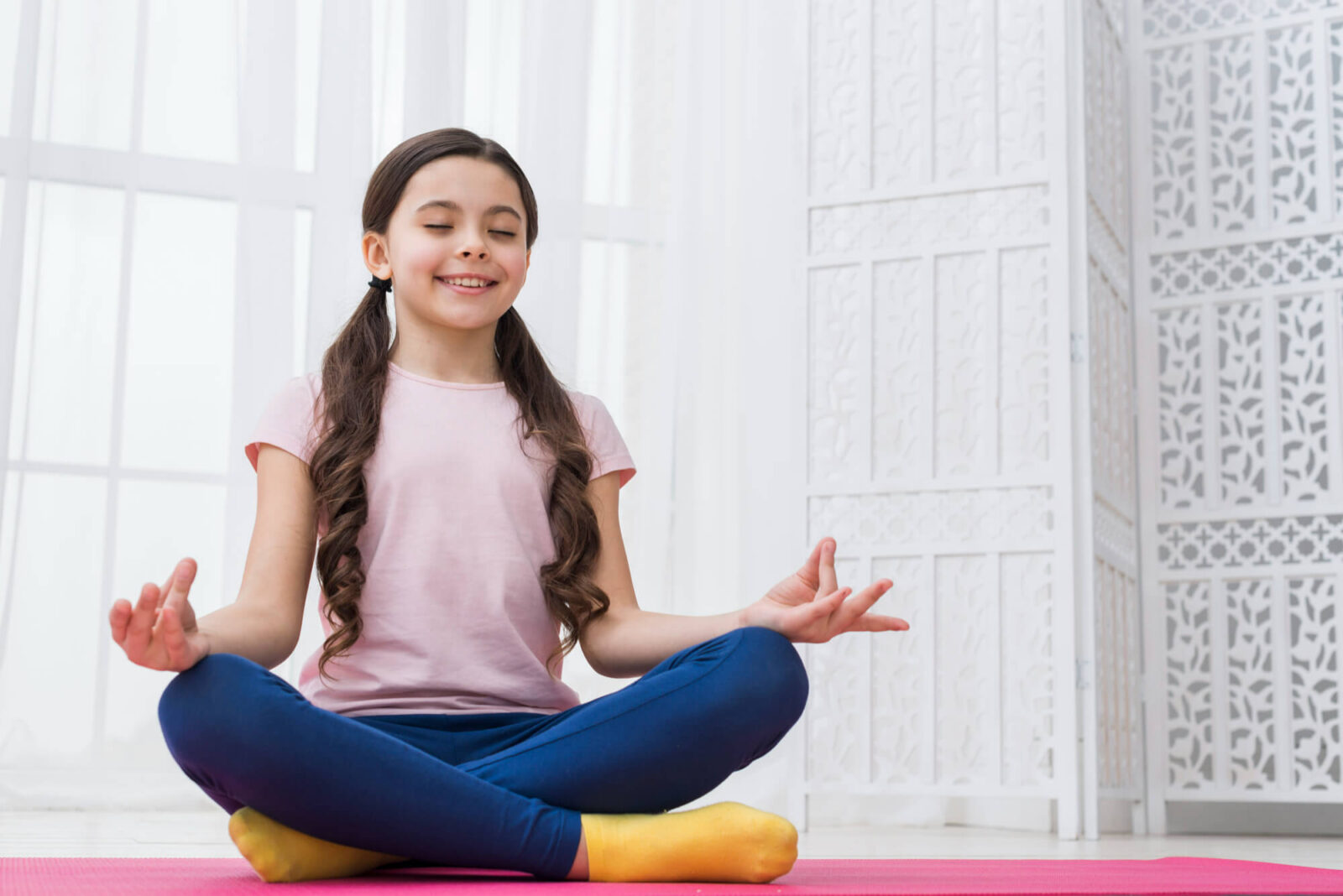Mindfulness for children is not about sitting perfectly still. It is about helping young minds and bodies learn how to notice, name, and navigate feelings. When children practice simple exercises that anchor attention in the senses, breath, and movement, they become better at pausing before reacting, asking for help, and returning to tasks after a wobble. The goal is not to remove all stress. The goal is to build a small set of reliable routines that children can use at school, at home, and in social situations.
This guide explains how mindfulness actually helps, then walks through age friendly activities you can start today. Each activity includes a purpose, time estimate, ideal ages, and easy directions. You will also find adaptations for neurodivergent learners, a seven day starter plan, and ideas for teachers and families who want to track progress without pressure.
Why Mindfulness Helps Children
Anxiety, frustration, and excitement are full body experiences. When a child feels threatened or overwhelmed, the nervous system goes on alert. Breathing becomes shallow, the heart speeds up, and attention narrows. Mindfulness gives children ways to send a safety message back to the body. Slow breathing and sensory focus nudge the nervous system toward balance. Labeling thoughts and feelings reduces confusion. Kind self talk lowers shame and makes it easier to try again after a mistake. Over time these skills support focus, cooperation, and empathy.
How to Set Children Up for Success
Keep practices short at first. Two to four minutes is enough for most children. Build predictability with a simple routine. Choose a consistent space and time such as after morning arrival, before homework, or during the transition from recess to class. Use plain words and friendly tone. Let children keep eyes open if they prefer. The body can be still or moving. Offer choices so children feel in control. Praise effort rather than outcome. When a child wiggles, redirect with warmth. Progress is measured in small steps such as a quicker recovery after a conflict or a smoother return to reading after a distraction.
Activity 1: Starfish Breathing
Purpose. Calm the nervous system and create a portable cue for self regulation
Time. Two to three minutes
Ages. Four to ten
What you need. One hand
Hold one hand up like a starfish. With the other index finger, trace up the outside of the thumb while inhaling. Trace down the other side of the thumb while exhaling. Move finger up the next finger on the inhale and down on the exhale. Continue across all five fingers. Encourage slow breaths and quiet tracing. Repeat once more if helpful. Children can use this anywhere since the only tool is their hand.
Activity 2: Five Senses Safari
Purpose. Shift attention from racing thoughts to the present moment
Time. Three to five minutes
Ages. Six to twelve
What you need. A classroom, yard, or room at home
Invite children to become calm detectives. Ask them to look around and silently find five things they can see. Next, four things they can feel such as the chair under the legs or air on the cheeks. Then three things they can hear. Then two things they can smell. Finally one thing they can taste or the neutral taste in the mouth. End with one slow breath. This reset can turn down worry and bring attention back to learning.
Activity 3: Bubble Breathing
Purpose. Teach slow exhalation and playful focus
Time. Two to four minutes
Ages. Four to nine
What you need. Bubble solution and wands or imaginary bubbles
Ask children to take a gentle breath in and blow out slowly to make one long strong bubble. If using imaginary bubbles, have them form a circle with fingers and blow through it. Invite them to notice how slow breath makes better bubbles. This teaches longer exhale without effort and links calm breathing to a fun result.
Activity 4: Glitter Jar Settle
Purpose. Show how emotions settle with time and stillness
Time. Three to six minutes
Ages. Five to twelve
What you need. A jar filled with water, clear glue, and glitter
Shake the jar and hold it up. Say that the glitter is like thoughts and feelings when we are upset. Place the jar on a table and watch quietly as the glitter settles. Encourage children to breathe slowly while watching. When the glitter settles, ask how their bodies feel now. Use this as a visual reminder that the mind can settle too.
Activity 5: Belly Buddy Breathing
Purpose. Help children feel the diaphragm and slow the breath
Time. Three to five minutes
Ages. Four to eight
What you need. A small stuffed animal for each child
Have children lie on their backs and place a small toy on the belly. Ask them to breathe in softly and lift the buddy, then breathe out and lower it. Invite quiet counting. Three for inhale and four or five for exhale. After a few rounds ask children to notice the heaviness of their body on the floor and how their shoulders feel. This builds body awareness and calm.
Activity 6: Mindful Walking Line
Purpose. Ground energy and build focus through movement
Time. Three to six minutes
Ages. Five to twelve
What you need. A taped line on the floor or a hallway
Children line up behind a taped line. They walk heel to toe along the line with eyes gently open. They notice the feel of each step from heel to toe and the movement of arms. Encourage a steady pace and quiet breath. If attention drifts, invite them to notice the next step again. This is helpful after recess or before tests.
Activity 7: Sound Hunt With Bells or Chimes
Purpose. Train listening and patient attention
Time. Two to four minutes
Ages. Four to ten
What you need. A bell, chime, or a phone tone
Ask children to close or lower their eyes. Ring the bell and ask them to raise a hand only when they cannot hear any more sound. Repeat two or three times. Then ask for one sound in the room and one sound outside the room that they can hear. This gently stretches attention and quiets chatter.
Activity 8: The Feelings Thermometer
Purpose. Build emotional awareness and choice of strategy
Time. Five to eight minutes
Ages. Seven to twelve
What you need. A simple visual scale from one to ten
Draw a line marked one to ten. One is calm and ten is very upset. Invite children to choose a number for how they feel now. Ask what their body does at higher numbers such as tight jaw, fast heart, or hot face. Brainstorm strategies that help at each range. Starfish breathing for a five, five senses safari for a seven, talk to a trusted adult for an eight. Keep the chart visible so children can point to a number and choose a helpful action.
Activity 9: Name It to Tame It
Purpose. Reduce intensity through labeling
Time. Two to three minutes
Ages. Six to twelve
What you need. Paper and pencils, or simply words
Invite children to notice what feeling is present. They can write a word or say it softly to themselves. Examples include worry, frustration, sadness, or excitement. Next ask them to notice where it lives in the body. Warm cheeks, tight belly, buzzing legs. Then invite one slow breath and a friendly phrase such as this is hard and I can be kind to myself. Labeling and kindness lower the charge, which opens space for problem solving.
Activity 10: Gratitude Pebble
Purpose. Build a habit that leans attention toward good moments
Time. One minute daily
Ages. Six to twelve
What you need. A small pebble or button
Give each child a small pebble. Ask them to carry it in a pocket. When they feel it, they name one good thing they notice right now. It could be a friend, a clear sky, a warm lunch, or a funny moment. This teaches micro moments of appreciation without forcing mood.
Activity 11: Kind Wish Circle
Purpose. Grow empathy and connection
Time. Three to five minutes
Ages. Five to twelve
What you need. A circle of chairs or a rug
Children sit in a circle. Each child silently sends a kind wish to the person on their right. Phrases can include may you feel safe, may you have a good day, may you feel strong. After quiet wishing for a minute, children can share one non personal kind wish for the group. This strengthens social bonds and reduces classroom friction.
Activity 12: Color Breathing
Purpose. Use imagination to guide breath and mood
Time. Two to four minutes
Ages. Five to ten
What you need. None
Ask children to choose a calm color and a worry color. As they inhale, they imagine the calm color filling their chest. As they exhale, they imagine the worry color leaving the body. Invite them to paint the calm color across shoulders and face with each breath. This is playful and effective for young imaginations.
Activity 13: Body Scan Ladder
Purpose. Strengthen interoception without overwhelm
Time. Four to six minutes
Ages. Seven to twelve
What you need. None
Guide attention up the body like rungs on a ladder. Start with the soles of the feet for two breaths. Move to calves, knees, thighs, hips, belly, chest, hands, shoulders, jaw, and eyes. At each step name one sensation such as heavy, warm, cool, or tingly. If any spot feels tight, invite a small softening with the next exhale. This helps children notice tension early and respond before it spikes.
Activity 14: Mindful Drawing
Purpose. Focus attention and express feeling through art
Time. Six to ten minutes
Ages. Five to twelve
What you need. Paper and crayons or markers
Ask children to draw slow lines that match the pace of their breath. Inhale while the crayon moves up, exhale while it moves down. After a minute invite them to draw the shape of their current feeling. Not a face or a scene, just colors and lines that match the feeling. End with one sentence about what the drawing tells them. This offers a safe outlet for strong emotions.
Activity 15: Pause Cards for Daily Transitions
Purpose. Make mindfulness part of routines
Time. Thirty to sixty seconds at a time
Ages. Five to twelve
What you need. Index cards with short prompts
Create cards that say two slow breaths then name one thing you can see or stretch arms up then roll shoulders three times or place hands on belly and whisper here and now. Use them before lining up, after announcements, or before homework. Frequent short pauses build a habit faster than occasional long sessions.
Adapting Activities for Neurodivergent Learners
Offer choices about posture and eye contact. Some children focus better when standing or moving gently. Keep instructions concrete and brief. Use visual timers and clear start and stop cues. Allow fidget tools that are quiet and safe. Reduce sensory load by dimming lights or letting children wear noise reducing headphones during practice. Predictability is protective, so post the sequence of an activity with simple icons. If internal awareness feels overwhelming, emphasize external anchors such as sight and sound rather than body sensations.
A Seven Day Starter Plan for Home or Classroom
Day one. Starfish breathing after arrival and before dismissal
Day two. Five senses safari after recess
Day three. Sound hunt with chime before a writing session
Day four. Mindful walking line during the hallway transition
Day five. Belly buddy breathing before story time or bedtime
Day six. Name it to tame it after a minor conflict or tough problem
Day seven. Kind wish circle to close the week
Repeat the plan the next week and swap in color breathing or gratitude pebbles where needed. Keep practices short and consistent. Praise the group for showing up more than for being perfectly still.
Handling Common Challenges
If children giggle, fold it into the plan. Say let us notice the sound of laughter and then take one calm breath together. If a child refuses, offer a role that keeps dignity intact such as timekeeper or bell ringer. If energy is high, start with movement like mindful walking before any seated practice. If a child has a trauma history and closes eyes is uncomfortable, keep eyes open and use gentle external anchors. If a practice feels flat, change the setting. Fresh air and different light can renew attention.
Bringing Mindfulness Into Daily Life
During meals, invite three quiet breaths before the first bite. During homework, try a two minute breath count before starting and another at the halfway mark. During sports, teach players to feel feet on the ground and take one steady breath before a serve or kick. During car rides, play a listening game where each person names one sound they can hear. Before sleep, do a short body scan ladder and read something soothing.
How Teachers and Parents Can Track Progress
Choose simple markers. How fast do children settle after transitions. How often do they remember to breathe before reacting. Does the group return to tasks with fewer reminders. Use a weekly check in with a feelings thermometer. Invite children to point to a number for the class mood and for their personal mood. Celebrate small wins. If progress stalls, shorten sessions, switch to movement based activities, or adjust the time of day.
Building a Culture of Kind Attention
Mindfulness works best when adults model it. Take one quiet breath before giving directions. Use clear and calm voice. Name your own feeling in simple words and show how you choose a strategy. For example I feel rushed, so I will take two slow breaths before we begin. This teaches emotional literacy and agency without a lecture. Pair mindfulness with kindness. Encourage children to notice when a classmate needs a pause and to offer a gentle reminder.
When to Seek Extra Support
Mindfulness is a helpful skill, not a substitute for professional care. If a child has ongoing sleep problems, persistent sadness, frequent panic, or behaviors that disrupt daily life, speak with a clinician or school counselor. Many therapists can integrate mindfulness with other supports. The best outcomes come from a team approach that may include family routines, school strategies, and medical evaluation if needed.
A Short Script Children Can Memorize
Sit or stand tall. Feel your feet on the ground. Breathe in through your nose for four and out for six. Whisper here and now as you breathe out. Notice one thing you can see and one thing you can hear. Put a kind hand on your heart and say I can try one small step. Take that step.
A Final Word for Grownups
Children learn mindfulness through repetition and through your calm presence. You do not need a perfect lesson plan. You need a handful of simple practices, a gentle voice, and the patience to return tomorrow. Start with one activity for two minutes. Add another when the first feels easy. In a few weeks you will notice smoother mornings, easier transitions, and a little more kindness in the room. That is how mindfulness takes root.








Leave a Reply